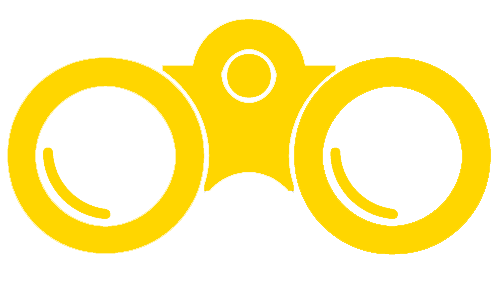
The following list shows the chapter-level topics and assignments for the course. To see all of the course pages, visit the Table of Contents.
Module 1: Introduction to Biology
- Characteristics of Life
- Prokaryotes and Eukaryotes
- Taxonomy
- The Study of Biology
Module 2: Viruses
- Viral Evolution, Morphology, and Classification
- Virus Infections and Hosts
- Prevention and Treatment of Viral Infections
- Prions and Viroids
Module 3: History of Life
- Evolution
- Speciation
- The Evolution of Populations
- Phylogenies and the History of Life
Module 4: Prokaryotes
- Prokaryotic Diversity
- The Structure of Prokaryotes
- Prokaryotic Metabolism
- Bacterial Diseases in Humans
- Beneficial Prokaryotes
Module 5: Protists
- Characteristics of Protists
- Groups of Protists
- Ecology of Protists
Module 6: Fungi
- Characteristics of Fungi
- Classifications of Fungi
- Ecology of Fungi
- Fungal Parasites and Pathogens
Module 7: Plant Diversity
- Seedless Plants
- Seed Plants
Module 8: Plant Structure and Function
- Plant Structures
- Transport of Water and Solutes in Plants
- Plant Sensory Systems and Responses
- Plant Growth
- Plant Nutrition
Module 9: Plant Reproduction
- Reproductive Development and Structure
- Asexual Reproduction in Plants
- Sexual Reproduction in Plants
Module 10: Animal Diversity
- Evolutionary History of the Animal Kingdom
- Animal Phylogeny
- Animal Form and Function
- Animal Primary Tissues
- Animal Reproduction
- Homeostasis
Module 11: Invertebrates
- Phylum Porifera
- Phylum Cnidaria
- Superphylum Lophotrochozoa
- Superphylum Ecdysozoa
- Superphylum Deuterostomia
Module 12: Vertebrates
- Chordates
- Fishes
- Amphibians
- Amniotes
- Reptiles
- Birds
- Mammals
Module 13: Overview of Body Systems
- Integration of Systems
- Control Systems
- Cell Maintenance Systems
- Support Systems
Module 14: The Nervous System
- Components of the Nervous System
- Neuron Communication
- The Central Nervous System
- The Peripheral Nervous System
- Nervous System Disorders
Module 15: The Endocrine System
- Types of Hormones
- How Hormones Work
- Regulation of Body Processes
- Endocrine Glands
Module 16: The Reproductive System
- Reproduction Methods
- Human Reproductive Anatomy
- Hormonal Control of Human Reproduction
- Fertilization
- Early Embryonic Development
- Human Pregnancy and Birth
Module 17: Sensory Systems
- The Senses
- Somatosensation
- Taste and Smell
- Hearing and Vestibular Sensation
- Vision
Module 18: The Circulatory System
- The Circulatory System
- Structure and Function of Blood
- The Mammalian Heart
- Blood Flow and Blood Pressure Regulation
Module 19: The Respiratory System
- Systems of Gas Exchange
- Gas Exchange across Respiratory Surfaces
- Breathing
- Transport of Gases in Human Bodily Fluids
Module 20: The Immune System
- The Innate Immune Response
- The Adaptive Immune Response
- Antibodies
Module 21: The Digestive System
- Digestive Systems
- Nutrition and Energy Production
- Digestive System Processes and Regulation
Module 22: The Excretory System
- Osmoregulation and Osmotic Balance
- Kidneys and Osmoregulatory Organs
- Excretion Systems
Module 23: The Musculoskeletal System
- Skeletal Systems
- Bones
- Joints and Skeletal Movement
- Muscle Contraction and Locomotion
Module 24: The Integumentary System
- Structure and Function of Skin
- Accessory Structures of the Skin
- Functions of the Integumentary System
- Diseases, Disorders, and Injuries of the Integumentary System
Module 25: Ecology of Living Things
- The Scope of Ecology
- Biotic and Abiotic Factors
- Biomes
- Population Ecology
- Community Ecology
Module 26: Ecology and the Environment
- Energy in the Environment
- Biogeochemical Cycles
- Climate Change
- Conservation Biology and Biodiversity
Candela Citations
CC licensed content, Original
- Course Contents at a Glance. Provided by: Lumen Learning. License: CC BY: Attribution
CC licensed content, Shared previously
- Binoculars Icon. Authored by: Musmellow. Provided by: Noun Project. Located at: https://thenounproject.com/search/?q=binoculars&i=1234056. License: CC BY: Attribution